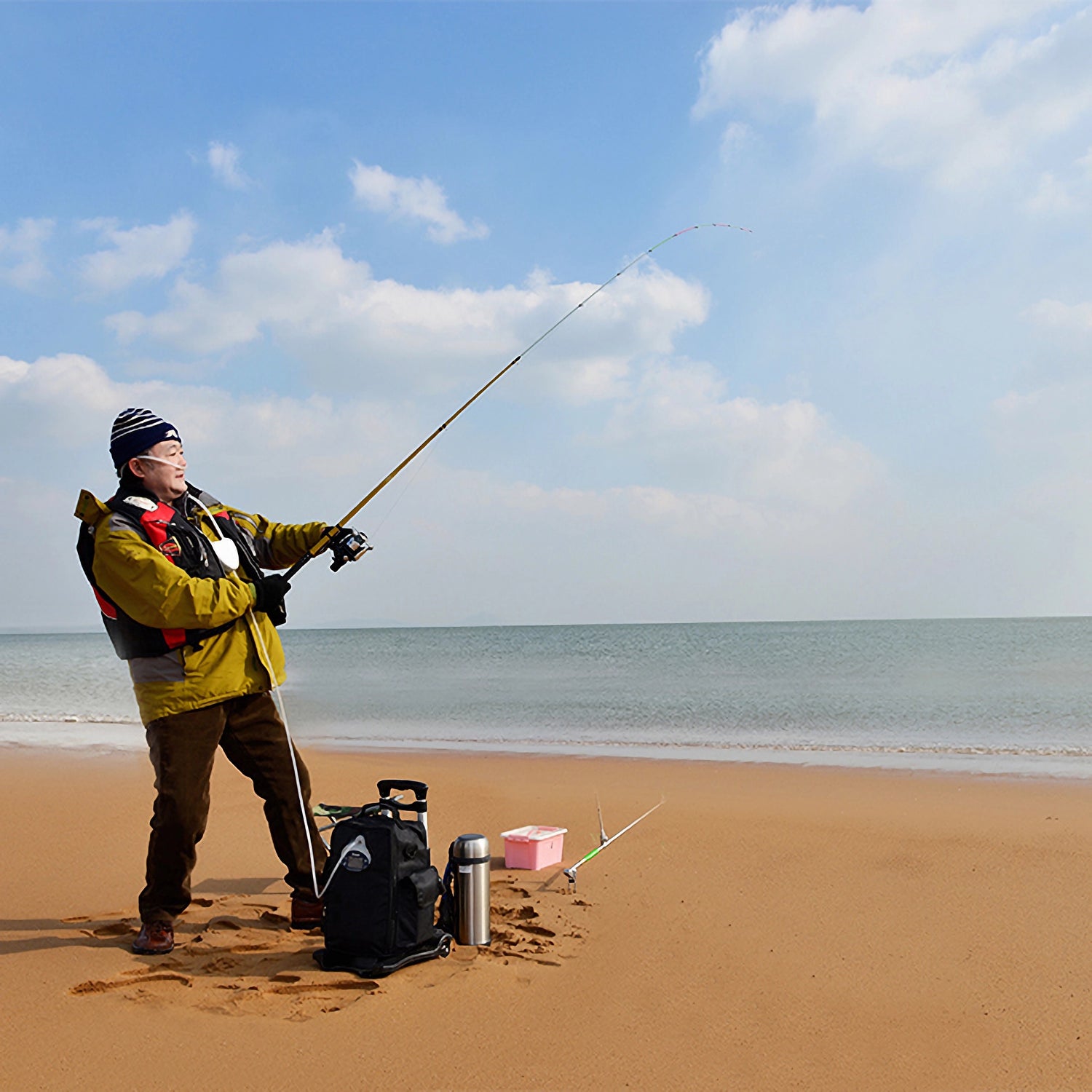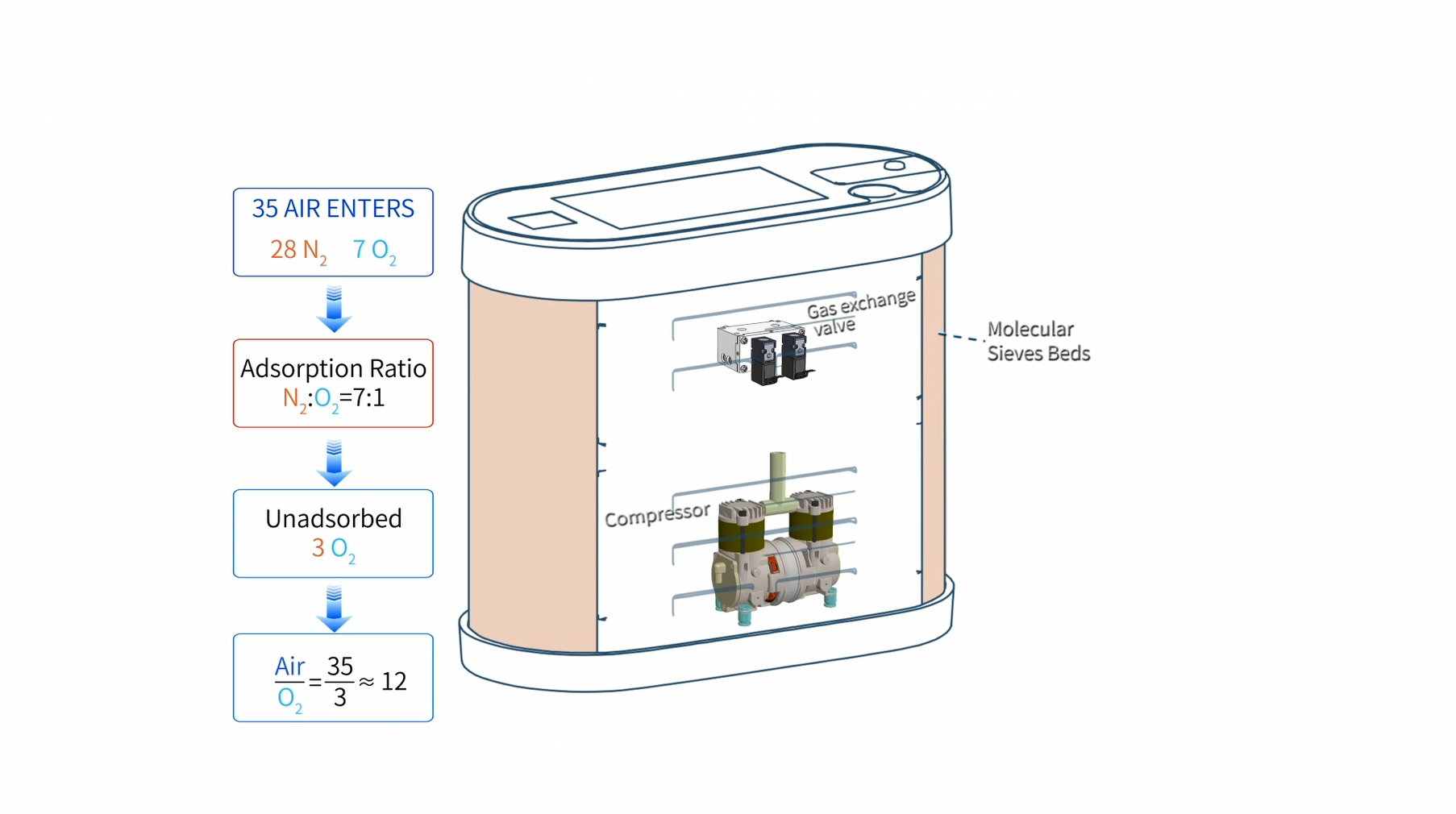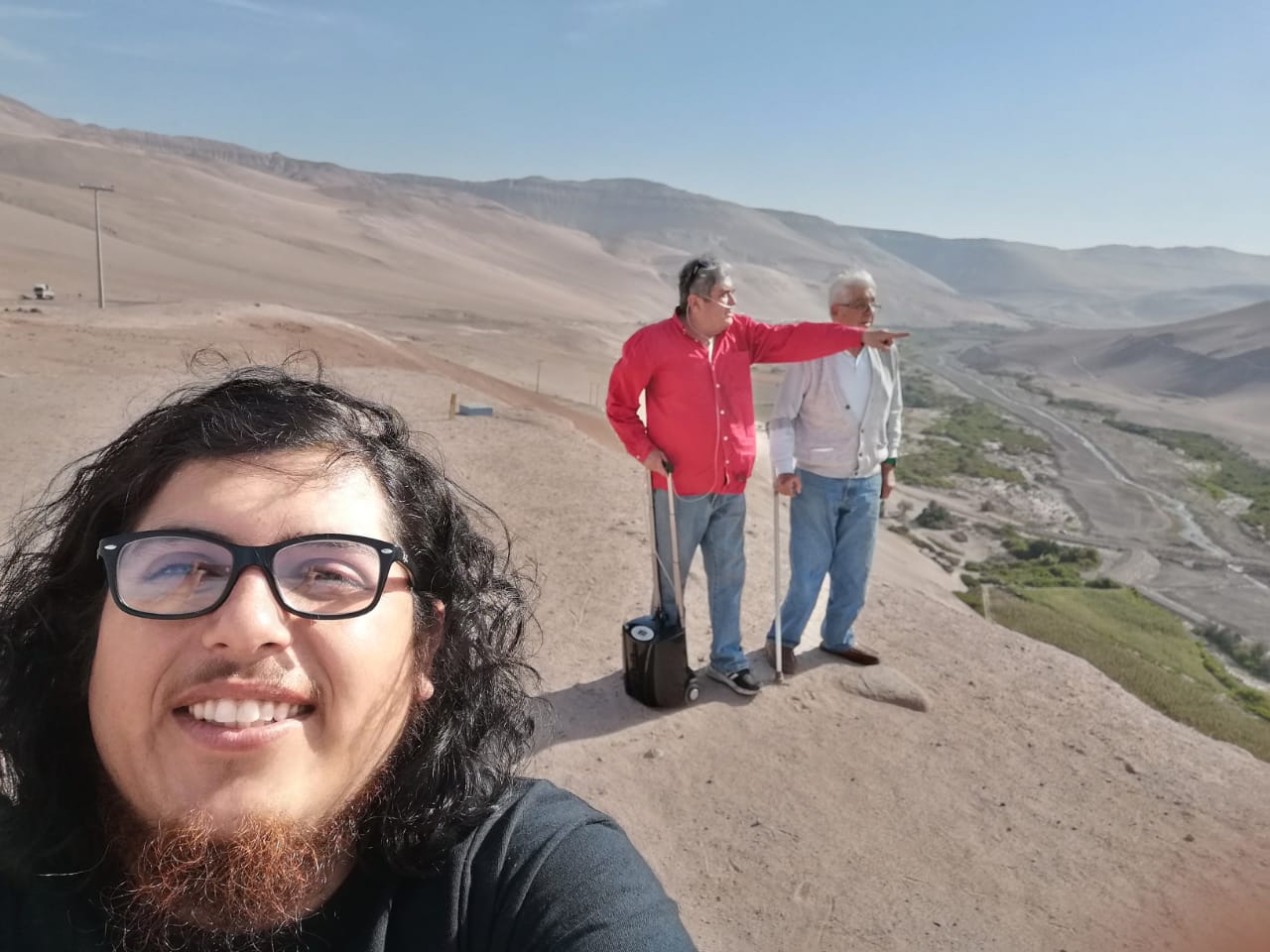How Portable Oxygen Concentrators Work
Portable oxygen concentrators (POCs) are nifty machines that make breathing easier for people who need extra oxygen. Think of them like a personal oxygen factory, pulling in regular air and filtering out the oxygen from it. Here's how they do their magic:
These devices suck in the surrounding air and pass it through a special material called zeolite, which acts like a sponge that specifically soaks up nitrogen (a gas we don't need too much of to breathe) and lets oxygen-a gas those with breathing problems need more of-pass through. After the nitrogen is removed, what you get is a stream of oxygen-rich air sent directly to the user through a lightweight tube that fits comfortably in the nostrils.
Even though all POCs have this same basic job, they can differ in how they give you oxygen. Some provide a steady stream, known as "continuous flow," which means oxygen comes out non-stop, whether you're inhaling or not. Others use a "pulse flow" method, where the machine senses when you're taking a breath and only gives you oxygen as you inhale. This way, it saves energy and makes the oxygen last longer.

Continuous Flow Oxygen Delivery of Portable Oxygen Concentrators
The first generation of portable oxygen concentrators functioned much like traditional home concentrator machines. They provided patients with a steady, continuous flow of enriched oxygen measured in liters per minute (LPM). Patients manually adjust their prescribed LPM level to meet doctor-recommended blood oxygen saturation targets.
Key Attributes:
- Deliver constant, uninterrupted oxygen flow
- Align flow rate to prescription oxygen concentration
Drawbacks:
- Inefficient - oxygen gets wasted during exhalation
- Heavier and shorter battery duration
- Limited improvement in patient mobility
While reliable in their simplicity, continuous flow POCs did not solve the mobility and duration limitations constraining most oxygen therapy patients. This drove the development of a new, more efficient delivery method - pulse flow operation.
Pulse Flow Oxygen Delivery of Portable Oxygen Concentrators
Engineers realized aligning oxygen delivery with patients' natural breathing patterns could drastically improve POC efficiency. By studying respiration physiology, they discovered our bodies only extract incoming oxygen during slow inhalations, not quicker exhalations.
Armed with this knowledge, engineers invented intelligent delivery sensors and timers that activate pulse flow POCs to deliver oxygen only when needed - at the start of each breath inhalation. This avoids wasting oxygen during longer exhalation phases. Reservoir chambers inside POCs also recycle leftover oxygen from the end of each inhalation for use on the next breath. This elegant synchronization of oxygen pulse timing with the body's own breathing rhythms enabled remarkable miniaturization and efficiency gains in portable oxygen concentrators.
Key Attributes:
- Detect breath inhalations and provide precise oxygen pulses
- Automatically adjust pulse volume based on breath pattern
- Highly efficient and extended battery recharge intervals
Advantages:
- No oxygen wastage during exhalation
- Lighter weight and longer operational times
- Maximum mobility and flexibility
For most oxygen patients today, the clear benefits of new pulse flow POCs greatly outweigh any perceived disadvantages. Their lighter weight and unmatched outing durations provide unparalleled lifestyle freedom. But personal preferences and unique therapy needs should drive each patient's ultimate POC purchasing decision.

Comparing Continuous Flow vs. Pulse Flow Settings
Here is a chart offering a side-by-side comparison of continuous flow oxygen delivery and pulse dose oxygen delivery:
|
Continuous Flow Oxygen Delivery |
Pulse Dose Oxygen Delivery |
|
|
Oxygen Delivery Type |
Uninterrupted, steady stream |
Pulses or segments |
|
Measurement Unit for Oxygen |
Liters Per Minute (LPM) |
Liters Per Minute (LPM) |
|
Reliability of Oxygen Concentration |
Consistent regardless of breathing pattern |
Synchronizes with user's breathing |
|
Timing of Oxygen Delivery |
Continuously |
Only when you're breathing in |
|
Energy Efficiency |
Energy-intensive |
More energy-efficient |
|
Portability |
Less portable, larger models have wheels |
Lightweight, greater mobility |
|
Usage Suitability |
High-flow needs, sleep |
Active/daytime usage |
|
Ideal For |
● Chronic respiratory patients ● Breathless elderly individuals ● Sleep apnea sufferers ● End-of-life care patients ● Severe asthma/COPD patients |
● Regular exercisers ● People who breathe steadily ● Long-haul travelers |
|
Usability Locations |
Home and hospitals |
Mostly outdoor use |
|
When you can use |
● While sleeping ● While performing sedentary activities (reading, watching TV) ● During meals ● While taking medications ● While doing seatting exercises |
● While walking ● For travel ● During social outings ● When attending events like concerts, sports games, etc. ● During mild to moderate exercise routines |
Choosing the right oxygen delivery system is essential for individuals requiring supplemental support. Continuous flow is ideal for those with high-flow needs, especially during sleep or rest. For active users who prioritize mobility and extended device use, pulse dose delivery is energy-efficient and portable, perfect for daytime activities. Importantly, the pulse setting is also a strategic option to conserve oxygen and battery life when resources are low, ensuring sustained support and independence.
 Conclusion
Conclusion
Ultimately, portable oxygen concentrators are blessings, freeing patients to fully engage in life's journey without limitation. Now, you can choose your ideal flow setting: Continuous flow for steady enrichment or pulse flow to tightly time oxygen doses with each rejuvenating breath. So first, connect with your needs and ambitions-how do you want to spend your days? Then select the setting that empowers that vision, whether immersed in activity or restful renewal. With these technologies, you have the power to tailor your oxygen delivery to fit your lifestyle perfectly, embracing each day with confidence and autonomy.










Leave a comment
This site is protected by hCaptcha and the hCaptcha Privacy Policy and Terms of Service apply.